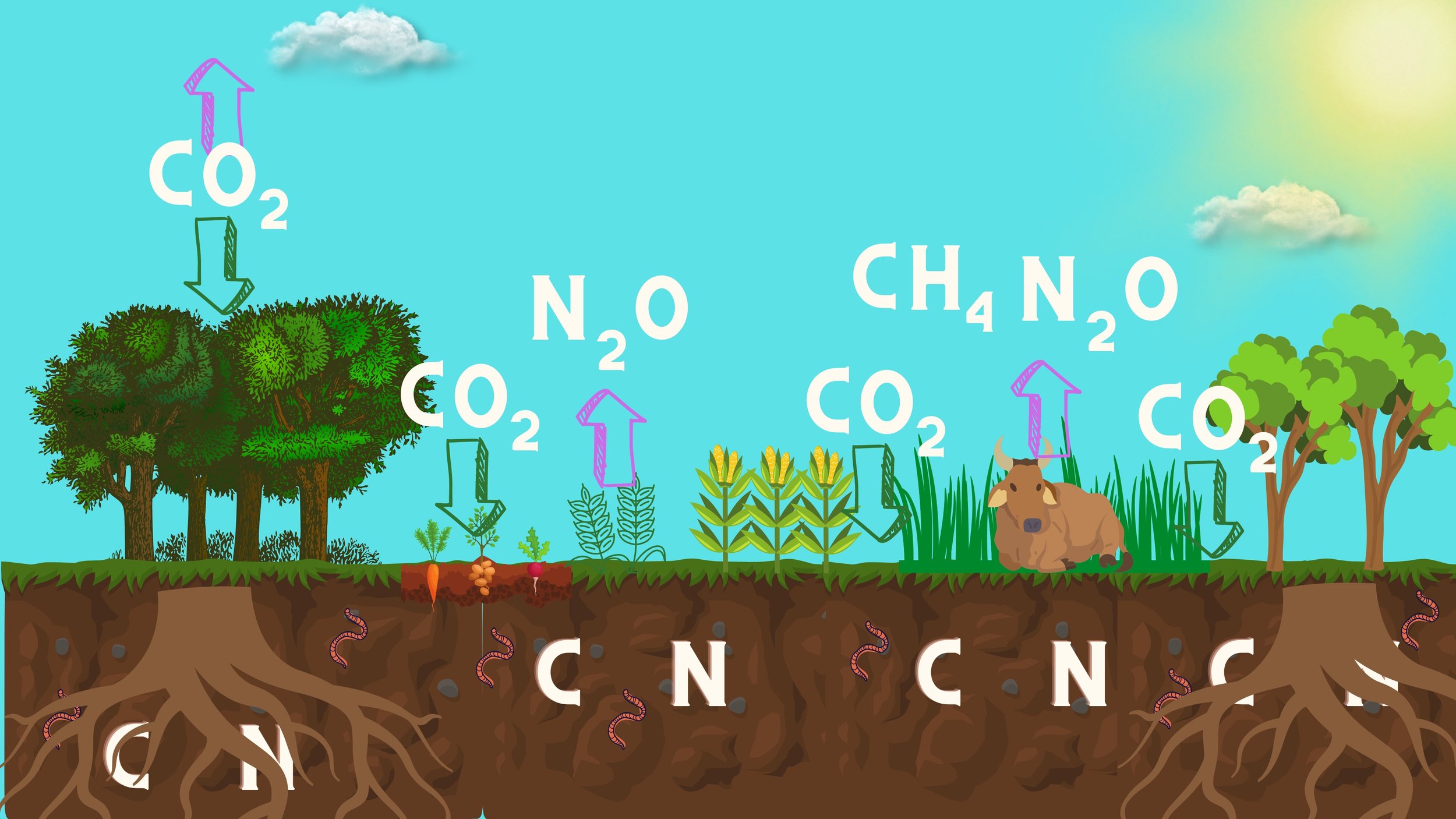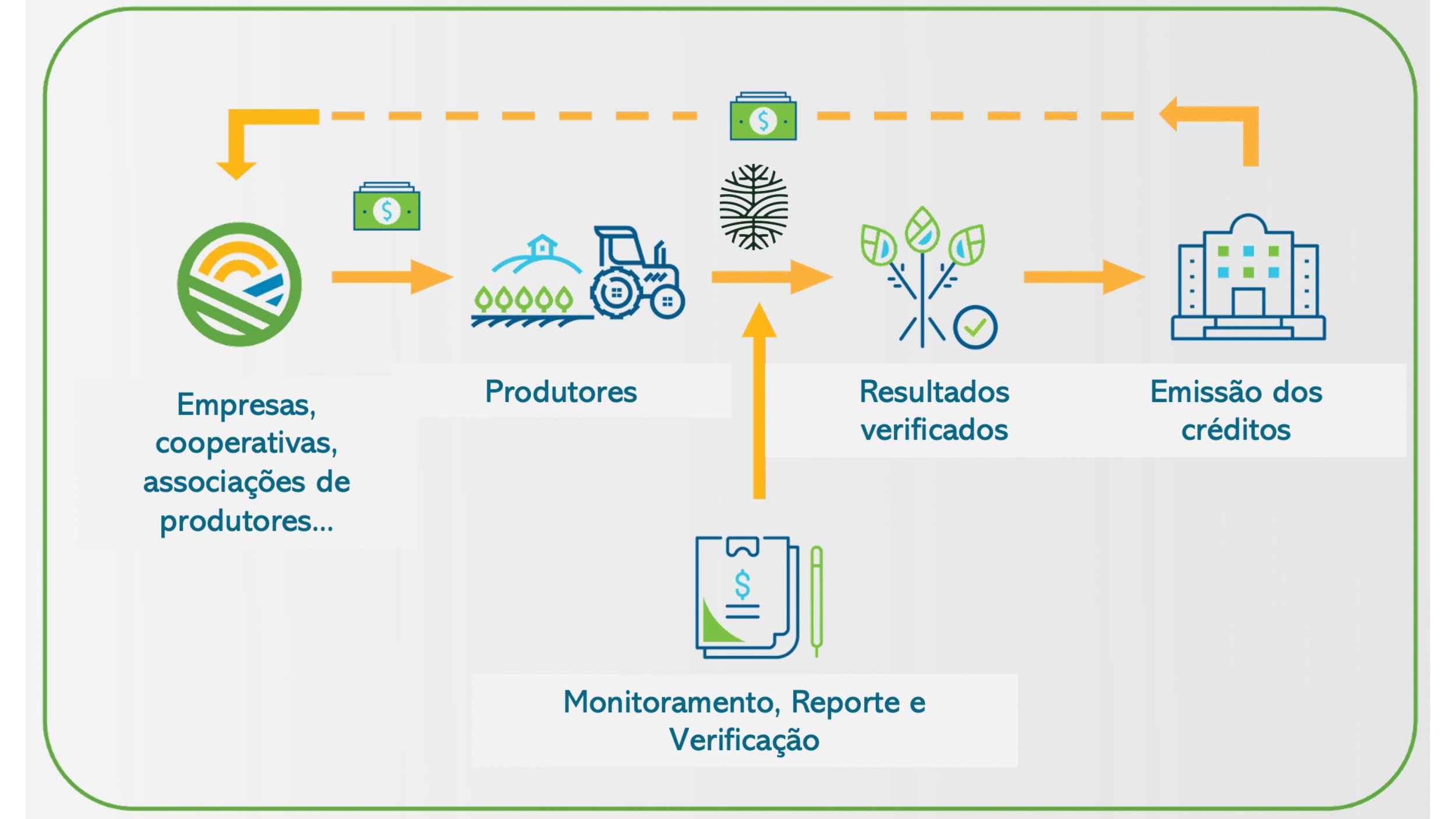carbon balance MRV and GHG in the cerrado
Monitoring, reporting and verification (MRV) of carbon balance and greenhouse gases in agricultural systems in the Brazilian Cerrado.
Regrow developed a Measurement, Reporting and Verification (MRV) model for farming conditions in the Brazilian Cerrado with Embrapa's technical-scientific support, and contributions from farmers and researchers. Regrow's proposal is to adapt and calibrate the DNDC (DeNitrification-DeComposition) model – used exclusively by the company in other biomes and crop scenarios abroad – to tropical soil and climate conditions in soybean production systems, focusing on the Matopiba and Mato Grosso regions.
The company selected 30 farms, in an area of about 30,000 hectares in the Brazilian Cerrado, to adopt sustainable, low-carbon agriculture techniques, such as Crop-Livestock integration, no-till systems, biological nitrogen fixation, and reduced nitrogen use through biological and/or organomineral products.
Farmers participating in the project got a demonstration of their own farm's results in a customized, user-friendly platform, with an MRV recognized by leading carbon accreditation providers in the market, and high-precision, low-cost monitoring based on the DNDC biogeochemical model, with remote sensing and soil analysis. The data package encouraged the adoption of low-carbon agriculture technologies by farmers, promoting sustainable production and reducing deforestation.





